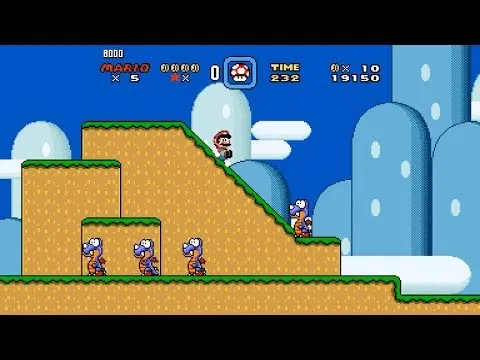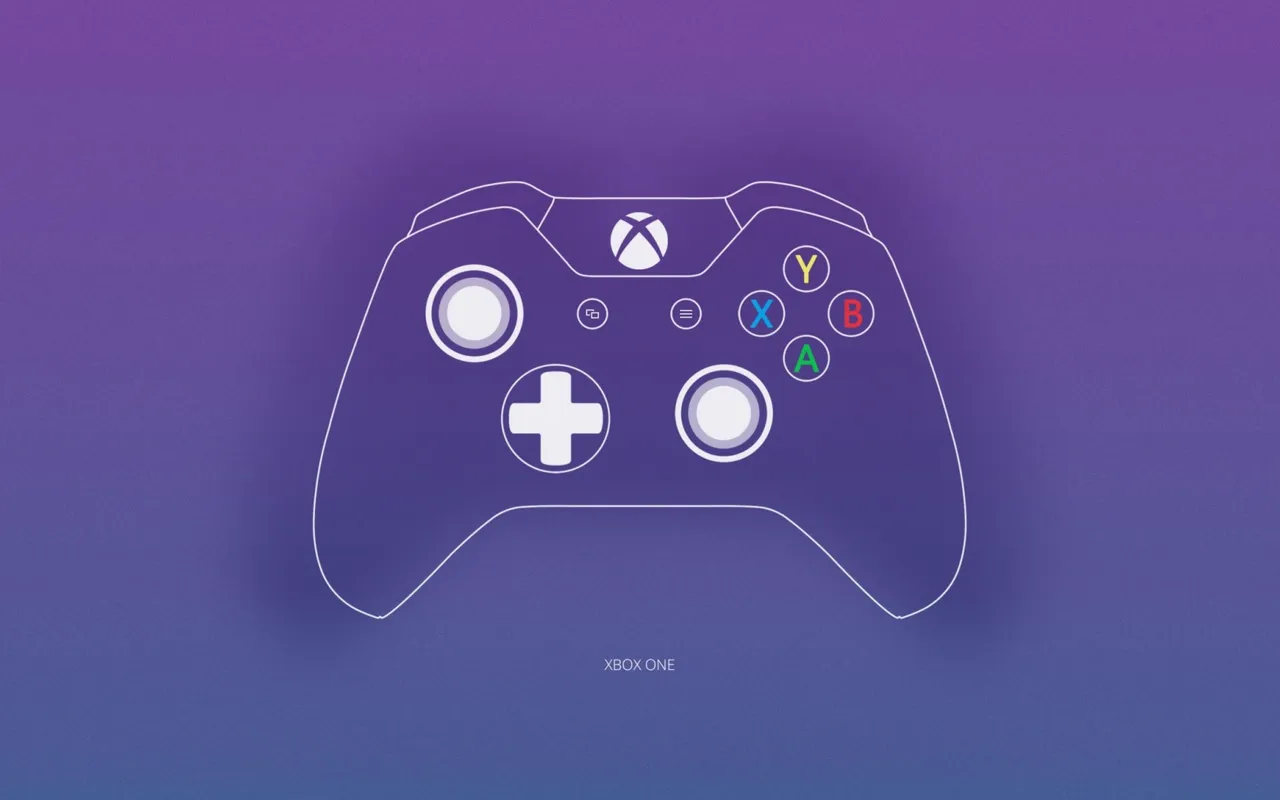

Video game console controllers have had a myriad of changes, some of which have been for the better but had only been achieved by experimenting with something new for the time, and there are others that may have been misunderstood or way ahead of their time. On the other hand, the ergonomic design of a controller, considering that it is what is going to be in your hands to go from start to finish in a video game, is very important, and it can be evidenced through the generations of consoles that some experimented with unorthodox but comfortable to hold designs, but in the end came up with a specific mold that would be the basis for modern console controllers from one or two generations ago.
While the most iconic console before the NES was the Atari 2600 with its joystick and single button, Gunpei Yokoi revolutionized the field with the Game & Watch and its D-Pad, which was incorporated into the Nintendo Famicom/NES and Game Boy. SEGA wanted to step up after losing with the Master System in Japan and North America (which incidentally had the Pause button on the console itself instead of the controller), and released the SEGA Genesis, also known as the Mega Drive, with its 3-button controller.
When Nintendo had to cope with SEGA's new console technology, they released the Super Nintendo which took THREE steps forward with the controller: It had 4 front buttons (not counting Start and Select), added 2 back buttons, and the shape was much more ergonomic. While SEGA released a 6-button controller for the Genesis with a more ergonomic design, it had no back buttons and games had to be made compatible to take advantage of the 3 new buttons, unlike the SNES which had them from the beginning.
Note that in the following gallery, the Famicom and Mark III controllers are the Japanese equivalents of the NES and Master System, while the SG-1000 was the Japanese exclusive predecessor of the Mark III/Master System.
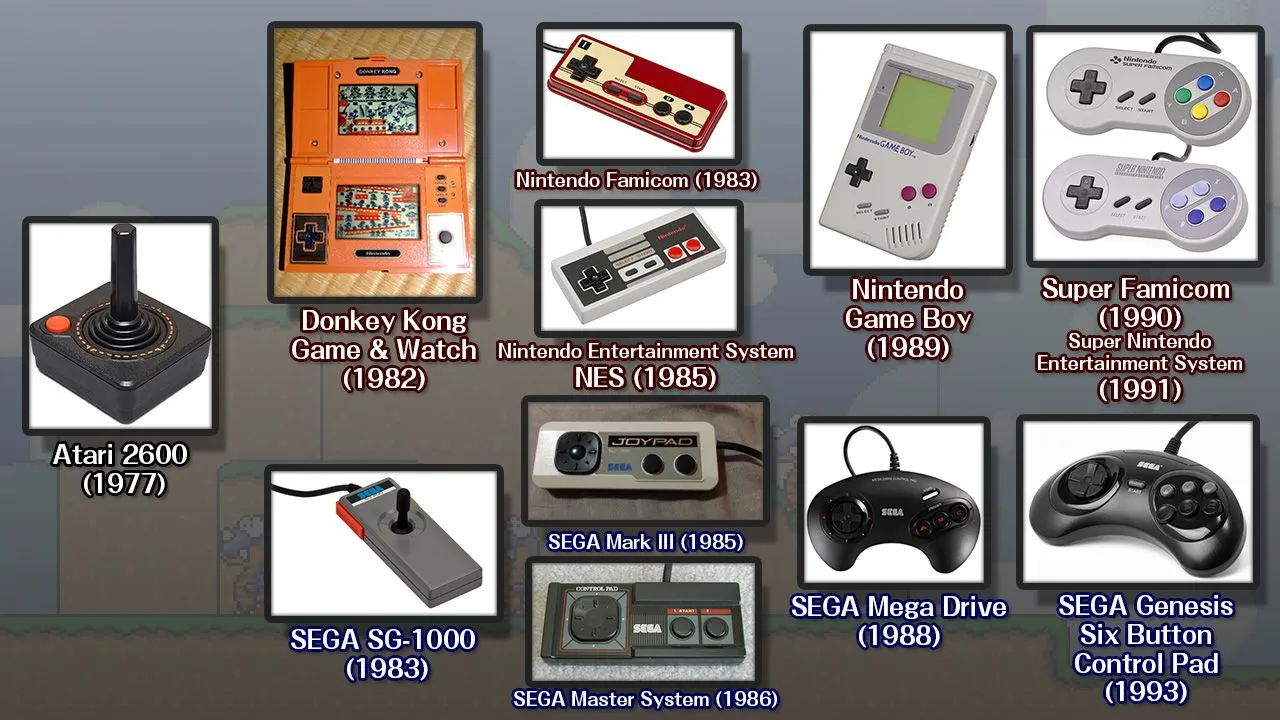
It was at this time that the first stepping stone for modern controllers was established, as while the SEGA Saturn would be a slight evolution of the 6-button SEGA Genesis controller by slightly redesigning the mold and adding L and R buttons (although the first American controller took a somewhat different design, which would be reverted to its Japanese counterpart), also originated the Sony Playstation controller, which took the same SNES button layout but added two more back buttons and added handles to hold them comfortably (ironically, the Playstation came from a failed expansion for the Super Nintendo). Next would come the N64, although released quite a bit later than the Playstation, it crucially possessed an analog stick, the first of its kind on console, and had 6 face buttons, 4 of them called the C buttons, arguably the predecessors of the right stick as they were used for camera movement and tertiary functions in various 3D games.
The SEGA Saturn received an analog stick controller in 1996 with a very peculiar design and few supported games, but it was the first to have analog L and R triggers. On the other hand, the Playstation would later receive the Dual Analog Controller in 1997, which brought TWO analog sticks; and no, I'm not referring to the Dualshock, but the controller that came before it, but the DualShock was the best known and with more support in many games, besides bringing rumble function, which was previously only in the Japanese Dual Analog controllers and in the N64 through Rumble Pak.
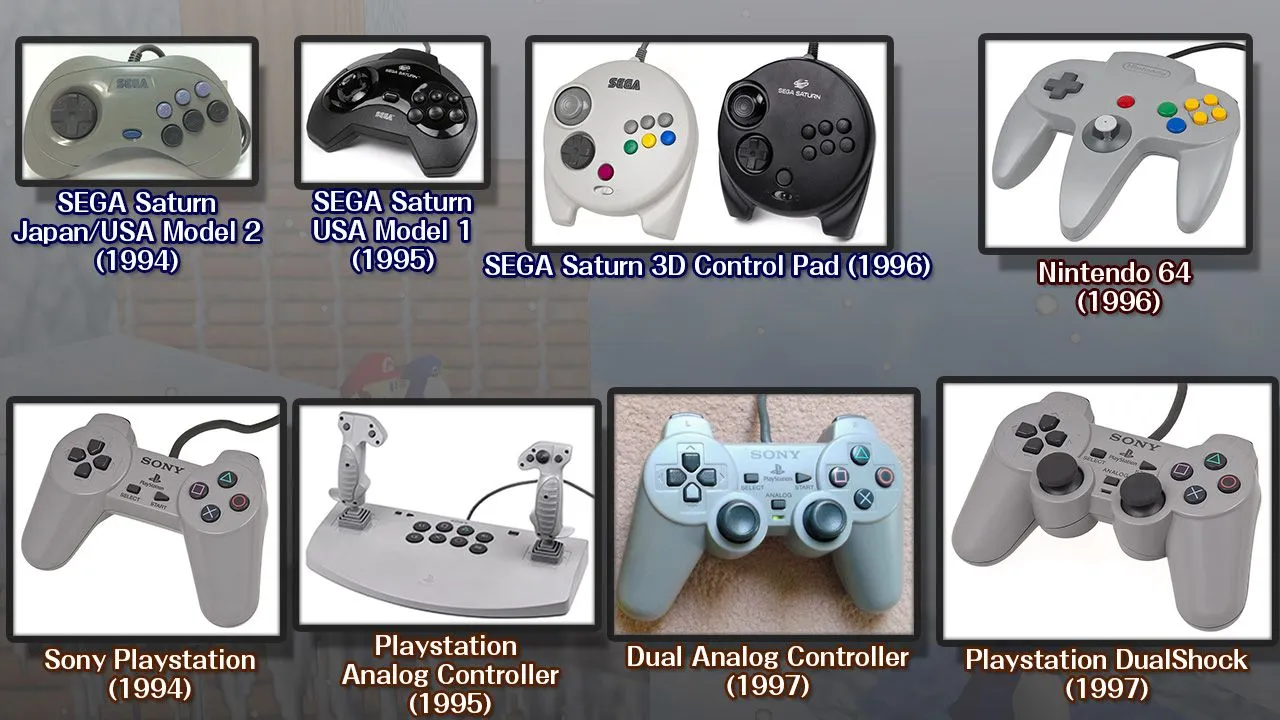
After this, controllers arguably received less visible but noticeable improvements in the following controls: the Dreamcast adopted the analog triggers from the Saturn 3D Control Pad by default in 1999, the Playstation 2 would have the DualShock 2 in 2000 with most buttons being analog or pressure sensitive, and the Xbox 360 controller brought a recognizable ergonomic design after iterating with two controllers around the time of the first Xbox, as well as using the XInput system that many games currently use.
The Sixaxis controller was launched with the PS3 in 2006 with motion sensing, and days later the Nintendo Wii with the Wiimote that had been revealed earlier and primarily used motion sensing, which would receive greater precision with the Wii Motion Plus, and would be what would lead Sony and Microsoft to try to compete with the PS Move and Kinect; the latter acting as a camera that was ambitiously posed to be a more interesting way to control games. The PS3 would also receive a "Dualshock 3" that would restore the rumble function absent in the Sixaxis.
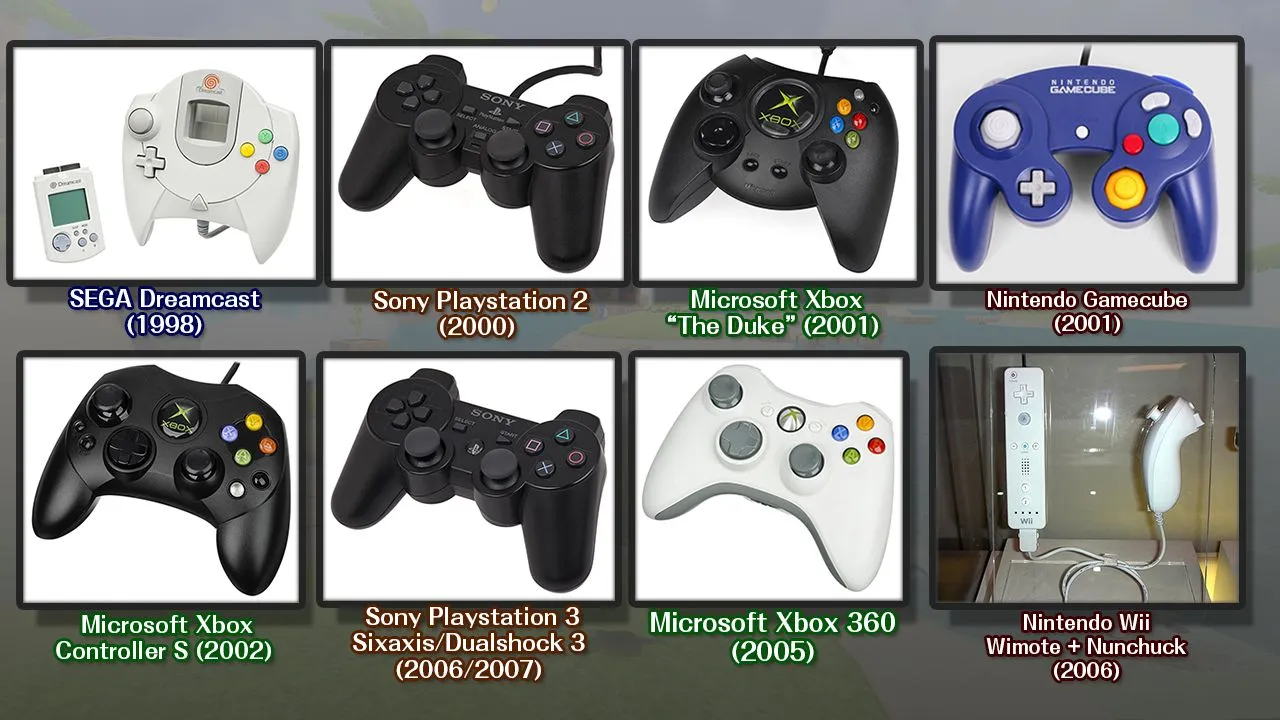
From here on out, controllers would somewhat conform to a specific standard, which would follow the stick and button structure established by the Xbox 360, as not only Xbox One and X Series controllers take different layouts but the same button layout, but Pro Controllers for Wii, Wii U and Switch would also resemble it (only the original Wii Classic Controller would resemble the Super Nintendo one but with two sticks). Meanwhile, Playstation controllers would get their first visible redesign after three very similar controllers with the Dualshock 4, swapping the Start and Select buttons for Share and Option, changing the rubber on the sticks, and adding touch panels.
Coming to the current consoles, the Joy-Cons of the Switch act as a successor to the Wiimote, which while they do not have the IR aiming function of these, include accurate motion sensors, a new "HD Rumble" to feel different sensations, and the novelty of being separate controls or attachable to the console screen, you can use it as if it were a tablet, use the controls loose to the Wiimote + Nunchuck, or even use only one side to have TWO improvised controls for multiplayer. On the other hand, the Dualshock 5 retains the structure of the DS4, but has adaptive triggers (add more force depending on the game), motion sensors, and a special rumble function considered incredibly superior to all of the above, including the rumble of the Joy-Cons.
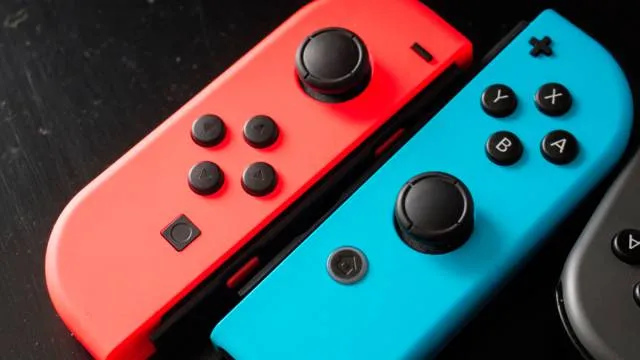
Up to this point, controls have come to a universal button and stick position standard, with the most radical deviation among current console controllers being the Joy-Cons with their differences for the unique purpose they serve, the Dualshock and its placement of the left stick below the directional pad instead of above it, and the differences between the directional pads on many of the controllers. It is interesting to see how the variety of controller shapes looking for the most ergonomic style and at the same time adapted to new functions over time, only to finally end up with the innovation coming to stand out for the small details added within them.
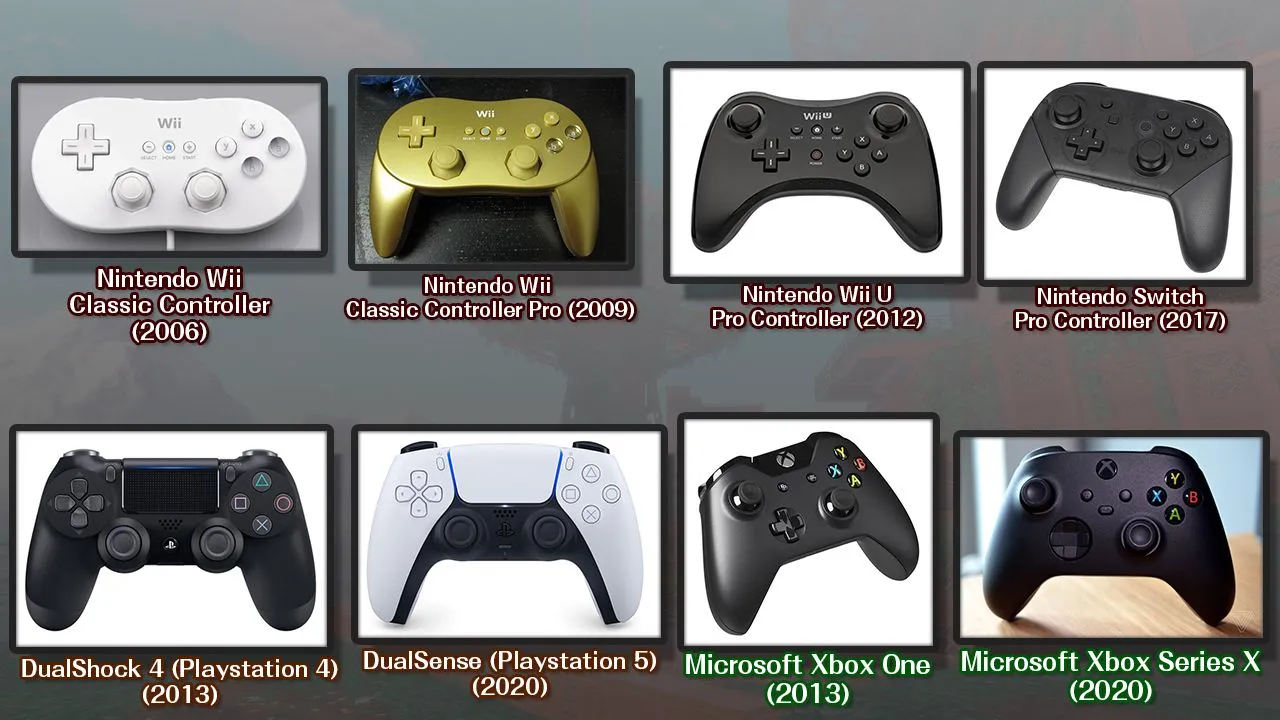
There are a variety of somewhat unorthodox controllers that were good and some bad, though most are divisive by the general public for their unique shapes, such as the N64 controller and the Gamecube controller; the latter focused on using varied rather than symmetrical button shapes to suit different functions in games (just as the N64 had the C buttons designed for utilities). And this is without going into the controllers of those failed consoles of yesteryear where you witnessed some pretty strange designs, such as the Atari Jaguar and Virtual Boy, and the unofficial controllers of consoles with a variety of designs...some functional, some not so much.
However, the idea of the influence that a controller can have, whether good or bad, with games designed to use the controller comfortably or that are poorly tuned to it, or that games are specifically designed to take advantage of a specific controller function (analog stick, motion sensor, number of buttons) for better or worse, is an interesting topic to which I want to dedicate a separate post, as it is something that is not taken much into account nowadays because of how pervasive console controllers have become (PC controllers are a very different topic because of their variety).
But for now, I hope you enjoyed reading this post; I've been meaning to get back into experimenting with what I write, so while it might take me a while to make posts like these, I'm looking to make it worth all the effort to have an original post for the community and for myself, so I thank everyone who supports me with their comments 😄

English translation with DeepL. Source of every picture used (except SM64 background screenshot, captured by me) at the end of the Spanish section.
Español
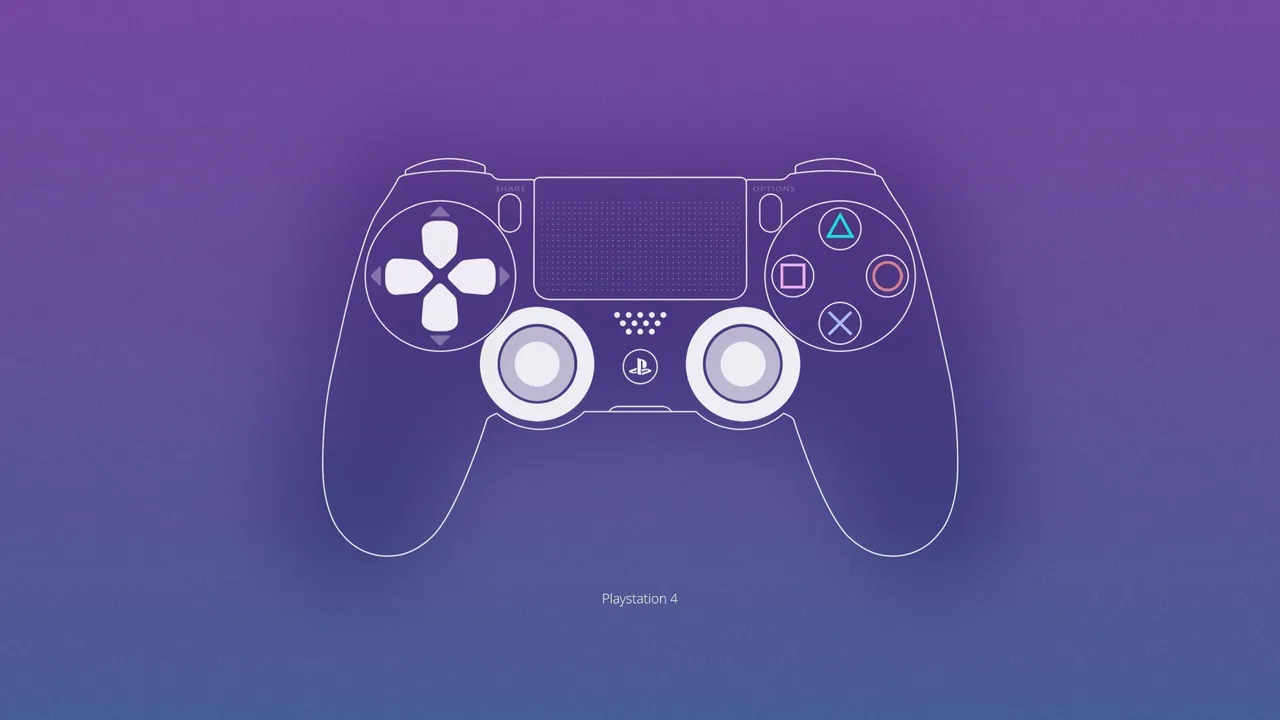
Los controles de consolas para videojuegos han tenido un sinfin de cambios, algunos de los cuales han sido para mejor pero solo habían sido logrados por medio de experimentar con algo nuevo para la época, y hay otros que podrían haber sido malentendidos o muy adelantados para su tiempo. Por otra parte, el diseño ergonómico de un control, considerando que es lo que va a estar en tus manos para ir de principio a fin en un videojuego, es muy importante, y se puede evidenciar a través de las generaciones de consolas que algunos experimentaron con diseños inortodoxos pero cómodos al aguantarlos, pero que al final se llegó a un molde específico que sería la base para los controles de consolas modernas desde hace una o dos generaciones.
Mientras que la consola mas icónica antes de la NES fue la Atari 2600 con su palanca y botón singular, Gunpei Yokoi revolucionó en este campo mediante la Game & Watch y su D-Pad, cosa que fue incorporada en la Nintendo Famicom/NES y Game Boy. SEGA quiso dar un paso adelante después de perder con la Master System en Japón y Norteamérica (que de paso tenía el botón de Pausa en la consola misma en vez del mando), y sacó la SEGA Genesis, también conocida como Mega Drive, con su mando de 3 botones.
Cuando Nintendo tuvo que hacer frente a la tecnología nueva de la consola de SEGA, lanzó la Super Nintendo que dió TRES pasos adelante con el mando: Tenía 4 botones de frente (sin contar Start y Select), agregó 2 botónes traseros, y la forma era mucho más ergonómica. Mientras que SEGA lanzó un mando de 6 botones para la Genesis con un diseño más ergonómico, no poseía botones traseros y los juegos tenían que ser hechos compatibles para tomar ventaja de los 3 botones nuevos, a diferencia de la SNES que los trajo desde el principio.
Cabe destacar que en la siguiente galería, los mandos de Famicom y Mark III son de los equivalentes japoneses de la NES y Master System, mientras que la SG-1000 fue la predecesora exclusiva de Japón de la Mark III/Master System

En este momento fue que se estableció el primer escalón para los controles modernos, ya que mientras la SEGA Saturn sería una pequeña evolución del mando de la SEGA Genesis de 6 botones al rediseñar ligeramente el molde y agregar botones L y R (aunque el primer mando americano tomó un diseño algo diferente, el cual sería revertido a su contraparte japonesa), se originó también el control de la Sony Playstation, el cual tomaba la misma distribución de botones de SNES pero agregó dos botónes traseros más y agregó mangos para sostenerlos con comodidad (irónicamente, la Playstation proviene de una expansión fallida para la Super Nintendo). Después vendría la N64, aunque lanzada bastante tarde que la Playstation, poseía de manera crucial una palanca analógica, la primera de su tipo en consola, y tenía 6 botones de cara, 4 de ellas denominadas los botones C, que se podría decir que son los predecesores de la palanca derecha al ser utilizados para movimiento de cámara y funciones terciarias en varios juegos en 3D.
La SEGA Saturn recibió un mando con palanca analógica en 1996 con un diseño muy peculiar y pocos juegos soportados, pero fue el primero en tener gatillos L y R analógicos. Por otra parte, la Playstation recibiría después la Dual Analog Controller en 1997, la cual traía DOS palancas analógicas; y no, no me refiero a la Dualshock, sino al control que vino antes de este, pero la DualShock fue la más conocida y con más soporte en muchos juegos, además de traer función de vibración, la cual solo estaba anteriormente en los mandos japoneses de la Dual Analog y en los de N64 mediante Rumble Pak.

Después de esto, se podría decir que los mandos recibieron mejoras menos visibles pero notables en los siguientes controles: La Dreamcast adoptó los gatillos analógicos de la 3D Control Pad de Saturn por defecto en 1999, la Playstation 2 tendría la DualShock 2 en 2000 con la mayoría de los botones siendo analógicos o sensibles a la presión, y el mando de Xbox 360 trajo un diseño ergonómico reconocido tras iterar con dos mandos en la época del primer Xbox, además de utilizar el sistema XInput que muchos juegos actualmente usan.
El mando Sixaxis se lanzó con la PS3 en 2006 con detección de movimiento, y días despues la Nintendo Wii con la Wiimote que había sido revelado antes y fundamentalmente utilizaba detección de movimiento, que recibiría mayor precisión con la Wii Motion Plus, y sería lo que llevaría a Sony y Microsoft a intentar competir con la PS Move y Kinect; este último actuando como una cámara que ambiciosamente se planteaba para ser una forma más interesante de controlar juegos. El PS3 también recibiría un "Dualshock 3" que restauraría la función de vibración ausente en el Sixaxis.

De aquí en adelante, los mandos de cierta forma se conformarían a un estandar específico, el cual seguiría la estructura de palancas y botones que estableció la Xbox 360, ya que no solo controles de Xbox One y Series X toman diseños diferentes pero la misma disposición de botones, sino que los mandos Pro Controller para Wii, Wii U y Switch también se asemejarían (solo el Classic Controller original de Wii se parecería al de Super Nintendo pero con dos palancas). Mientras tanto, los mandos de Playstation tendrían su primer rediseño visible después de tres mandos muy similares con la Dualshock 4, cambiando los botones de Start y Select por Share y Option, cambiando la goma de las palancas, y agregando paneles táctiles.
Llegando a las consolas actuales, los Joy-Cons de la Switch actúan como una sucesora de los Wiimote, que mientras no tienen la función de apuntado IR de estos, incluyen precisos sensores de movimiento, una nueva "vibración HD" para sentir diferentes sensaciones, y la novedad de que al ser controles separados o acoplables a la pantalla de la consola, puedes usarlo como si de una tablet se tratara, usar los controles sueltos a lo Wiimote + Nunchuck, o hasta usar uno solo de lado para tener DOS controles improvisados para multijugador. Por otra parte, la Dualshock 5 retiene la estructura de la DS4, pero tiene gatillos adaptivos (añaden mas fuerza dependiendo del juego), sensores de movimiento, y una función de vibración especial considerada increíblemente superior a todo lo anterior, incluyendo la vibración de los Joy-Cons.

Hasta este momento, los controles han llegado a un estándar de posición de botones y palancas universal, con la deviación más radical entre los mandos de consolas actuales siendo los Joy-Cons con sus diferencias por el propósito único que tienen, los Dualshock y su colocación de la palanca izquierda debajo del pad direccional en vez de encima, y las diferencias entre los pads direccionales de muchos de los mandos. Es interesante ver como la variedad de formas de mandos buscando el estilo mas ergonómico y al mismo tiempo adaptado a funciones nuevas a través del tiempo, solo para al final terminar con la innovación llegando a destacar por los pequeños detalles agregados dentro de ellos.

Hay una variedad de mandos un tanto inortodoxos que fueron buenos y otros malos, aunque la mayoría son divisivos por el público general por sus formas únicas, como el mando de N64 y el mando de Gamecube; este último se enfocaba en usar formas de botones variadas en vez de simétricas para estar acorde a funciones diferentes en juegos (así como la N64 tenía los botones C diseñados para utilidades). Y esto es sin adentrarse en los mandos de aquellas consolas fallidas de antaño en donde se presenciaban diseños bastante extraños, como el de la Atari Jaguar y la Virtual Boy, y los mandos inoficiales de consolas con mucha variedad de diseños...algunos funcionales, otros no tanto.
Sin embargo, la idea de la influencia que puede tener un mando, sea bueno o malo, con juegos diseñados para usar el mando cómodamente o que estén mal ajustados a este, o que los juegos estén específicamente diseñados para tomar ventaja de una función específica del mando (palanca analógica, sensor de movimiento, cantidad de botones) para mejor o peor, es un tema interesante al cual quiero dedicarle un post por separado, ya que es algo que no se toma mucho en cuenta hoy en día por lo generalizado que se han vuelto los mandos de consola (los mandos de PC son un tema muy distinto por su variedad).
Pero por el momento, espero que hayan disfrutado de leer este post; he querido ponerme a experimentar de nuevo con lo que escribo, así que mientras que podría tardarme en hacer posts como estos, busco que valga la pena todo el esfuerzo para tener un post original para la comunidad y para mi mismo, así que agradezco a todos los que me apoyan con sus comentarios 😄

Fuentes de cada imagen utilizada (excepto el fondo de Super Mario 64, la cual fue capturada por mi):
https://wall.alphacoders.com/big.php?i=338796
https://gonintendo.com/stories/286490-extremely-high-res-super-mario-odyssey-screens
https://www.fasebonus.net/foro/index.php?topic=36592.0
https://www.supergaijinultragamer.org/2012/03/donkey-kong-game-watch-yay-the-d-pad/
https://ageofgamers.wordpress.com/2011/12/16/el-gamepad-de-master-system/
https://nintendosegajapan.com/2015/03/08/its-all-about-the-sega-mark-iii/
https://xtremeretro.com/sg-1000-el-embrion-de-master-system/
https://www.hobbyconsolas.com/reportajes/sega-mega-drive-mini-diferencias-version-japonesa-americana-europea-398587
https://segaretro.org/Control_Pad_(Saturn)
https://en.wikipedia.org/wiki/Nintendo_64_controller
https://en.wikipedia.org/wiki/PlayStation_controller
https://es.wikipedia.org/wiki/DualAnalog
https://en.wikipedia.org/wiki/PlayStation_Analog_Joystick
https://en.wikipedia.org/wiki/DualShock
https://en.wikipedia.org/wiki/Dreamcast
https://en.wikipedia.org/wiki/Xbox_controller
https://en.wikipedia.org/wiki/Xbox_360_controller
https://en.wikipedia.org/wiki/GameCube_controller
https://en.wikipedia.org/wiki/Wii_Remote
https://en.wikipedia.org/wiki/Wii_U_Pro_Controller
https://www.theverge.com/21452750/microsoft-xbox-series-x-controller-1tb-expansion-cards-hands-on
https://www.playstation.com/es-mx/accessories/dualshock-4-wireless-controller/
https://www.playstation.com/es-mx/accessories/dualsense-wireless-controller/erencias-version-japonesa-americana-europea-398587
https://segaretro.org/Control_Pad_(Saturn)
Traducción al inglés hecha con DeepL.
